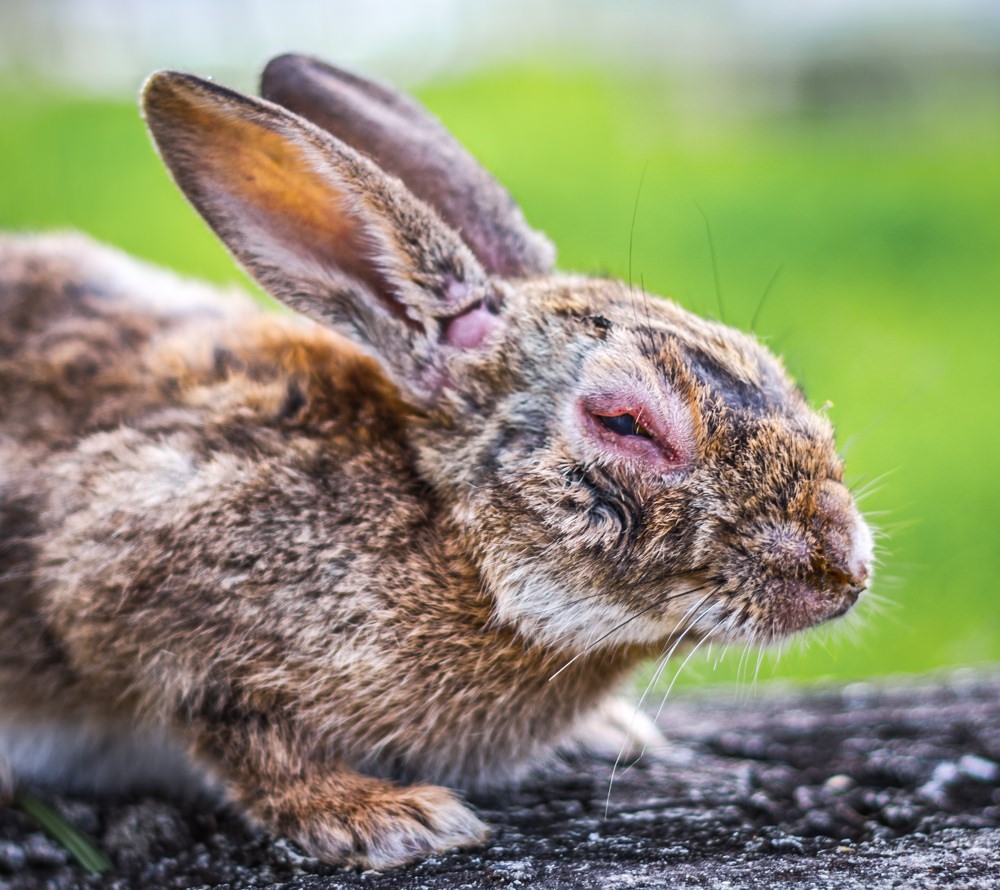Acarapidosis of bees — a common and extremely dangerous disease. The causative agent of the infection is the tracheal mite. Factors leading to negative consequences: difficulty in timely diagnosis, difficulties in treatment.
The main danger of acarapidosis is the death of a bee colony, and sometimes the entire farm. The only salvation is prevention.
What it is?

Acarapisosis is caused by a microscopic mite – Acarapis Woodi. The parasite causes changes in the respiratory tract of insects. Infection and illness often occur at the end of February or the beginning of spring, as bee colonies are still weak after wintering. The carriers of the infection are drones, workers, and queens.
The disease mainly affects young workers aged 2-4 days due to the softness of the protective cilia of the respiratory system. One insect usually parasitizes up to 1-130 mites.
Development of Acarapis Woodi:
- the female penetrates the bee through the spiracles, moves into the trachea and lays eggs (5–14 pieces);
- the larvae emerge after 1,5–2 weeks, filling the respiratory tract;
- transformation into adults after 14 days (full life cycle – 40 days);
- nutrition by tissue fluid (blood and lymph of invertebrates);
- the movement of parasites deep into tissues, affecting new areas;
- the appearance of hemorrhages in the trachea, difficulty breathing;
- softening of the chitin in the wing area, paralysis of the muscular part of the chest;
- death of the infected bee, transfer of the parasite to another insect.
Life cycle of a tick:
Parasitic mites are not able to live long outside living organisms. In a hive they remain up to 5 days, in a dead bee – up to 1 week. High temperature is destructive, therefore the infection develops only during or after wintering.
Contact with infected bees is not dangerous for humans or animals.
Symptoms of acarapidosis in bees

It is quite difficult to detect the disease. You need to constantly observe the insects. Only then will you be able to detect changes in health and behavior.
Acarapidosis of bees is characterized by the following symptoms:
- a large number of dead bodies at the bottom of the hive, traces of diarrhea on the walls after wintering – found when opening the house in the spring;
- “creeper” – infected insects do not rise into the air, fall to the ground, move towards each other and buzz loudly;
- “revealer” – turning and twisting the wings in different directions and at strange angles;
- increase in abdominal volume (not always encountered).
Traces of excrement on the walls of the hives are a common occurrence with acarapidosis. The infection leads to difficulty breathing, lack of oxygen. This usually occurs during wintering.
The bees are nervous, and the cluster disintegrates. The temperature in the hive drops, which forces the sick insects to overeat the food supplies. Therefore, after wintering, traces of nosematosis are observed.
Diagnostics

In order for a specialist to determine acarapidosis in bees, several insects must be delivered to the laboratory for examination. The veterinarian examines the trachea of the affected individual through a magnifying glass.
The apiary owner needs to collect material for diagnostics. One sample must be taken from each bee colony. Each should contain 30-50 individuals.
Only those insects that died the day before or are still alive are suitable for research.
The material is placed in matchboxes or paper bags and sent to the laboratory. Polyethylene bags are not used, as the bees’ bodies decompose in them.
Based on the results obtained, a course of treatment is determined. If the diagnosis is confirmed, a quarantine regime is declared within a radius of five kilometers from the apiary.
Treatment
Folk ways

A folk remedy for acarapidosis that is common in beekeeping is fir oil. Also used in spring for prevention. Useful properties for treatment: antiseptic, increased productivity and performance of the family, strengthening the immune system, eliminating inflammation.
Application:
- Clean the hive, cover the nest tightly with plastic film, leave the lower entrance open by 1 cm, and close the upper one.
- Soak a cotton pad in fir oil and place it between the frames.
- Repeat 3 times every 4-5 days.
The basis of the action is that fir oil vapors penetrate the respiratory tract of bees and weaken the parasites. With constant and long-term use, the mites die. The effectiveness will increase with complete sealing of the hive. For treatment of acarapidosis, it is necessary to take only a natural product.
Acarapidosis of bees involves treatment with folk remedies such as turpentine or formic acid.

In the first case, you will need to wet a thick cloth and spread it over the upper bars of the frames near the back wall. Do this every day for three weeks.
Preventive measures

Acarapidosis is a bee disease that is difficult to detect, which prevents timely treatment. Therefore, beekeepers are advised to follow a list of rules for prevention.
Main events:
- install the apiary in areas exposed to direct sunlight;
- do not place hives in lowlands, damp or wet areas;
- take queens and offspring from nurseries with a health guarantee;
- stop bee theft, eliminate weak colonies without queens;
- provide insects with quality food, insulate houses;
- examine bee colonies every year before and after wintering;
- take a preventive course of pharmaceutical drugs in the spring – when there is an outbreak of the disease in the region;
- treat all bee colonies if only one colony is sick;
- After disinfection, keep the hives and honeycombs for 2 weeks.
Conclusion
Acarapidosis is a mite infestation of bees, the treatment of which is extremely difficult due to the complexity of diagnosis. Every beekeeper should know the first signs of the disease (dead bees after wintering, traces of diarrhea on the walls) and obvious symptoms – creeping bees and open bees. Only early detection will give results in treatment. However, it is better to prevent the disease by observing preventive measures.








